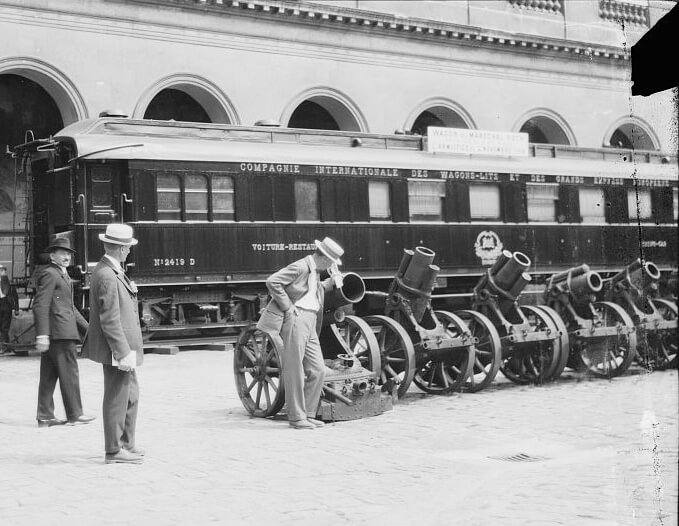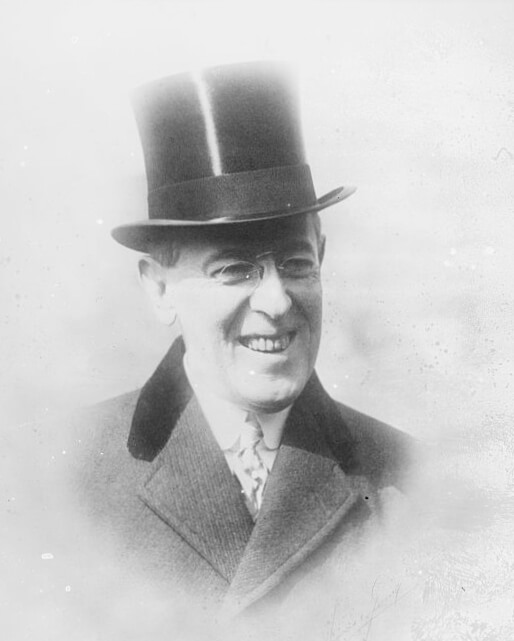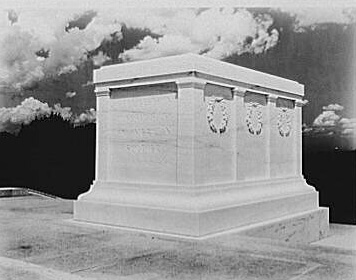In remembrance of a “National Veterans Day” salute
President Dwight D. Eisenhower signed legislation to rename Nov. 11 as “Veterans Day” to honor all those who have served in the military

The Free World was eagerly anticipating the signing of the treaty to end the War to End All Wars. The cost had been staggering in shattered lives, shattered countries and shattered economies. World leaders were optimistic that humanity would never again tread that destructive path, so symbolism became paramount to commemorate the death of war. In 1918, on the eleventh month, on the eleventh day, at the eleventh hour, the papers were signed in Marshal Ferdinand Foch’s railroad car in Rethondes, France, and the war was officially over.
President Woodrow Wilson in his Thanksgiving address six days later proclaimed:

It has long been our custom to turn in the autumn of the year in praise and thanksgiving to Almighty God for His many blessings and mercies to us as a nation.
This year we have special and moving cause to be grateful and to rejoice. God has in His good pleasure given us peace. It has not come as a mere cessation of arms, a relief from the strain and tragedy of war. It has come as a great triumph of Right.
Complete victory has brought us, not peace alone, but the confident promise of a new day as well, in which justice shall replace force and jealous intrigue among the nations.
Our gallant armies have participated in a triumph which is not marred or stained by any purpose of selfish aggression. In a righteous cause they have won immortal glory and have nobly served their nation in serving mankind .
We have cause for such rejoicing as revives and strengthens in us all the best traditions of our national history. A new day shines about us, in which our hearts take new courage and look forward with new hope to new and greater duties . . .

To represent and pay tribute to all those who fought, or gave the ultimate sacrifice, the remains of two unidentified soldiers, one English and one French, were buried with honors on Nov. 11 in Westminster Abbey in London and in the Arc de Triomphe in Paris. The United States followed with its own burial of an unknown WWI soldier in Arlington National Cemetery on Nov. 11, 1921. On Nov. 11, 1958, the remains of two more unidentified American soldiers were interred at the tomb, one from World War II and one from Korea, and the tomb became known as the Tomb of the Unknowns. At Arlington an honor guard from the 3rd US Infantry keeps 24-hour vigil.
Armistice Day became a national holiday in 1926. The idealistic notion of the end of war was itself shattered by subsequent conflicts. In 1947, WWII veterans sought to honor those who fought in the second Great War by calling for a “National Veterans Day” salute with parades and festivities to be held on Nov. 11. In 1954, Congress passed and President Dwight D. Eisenhower signed legislation to rename Nov. 11 as “Veterans Day” to honor all those who have served in the military.

